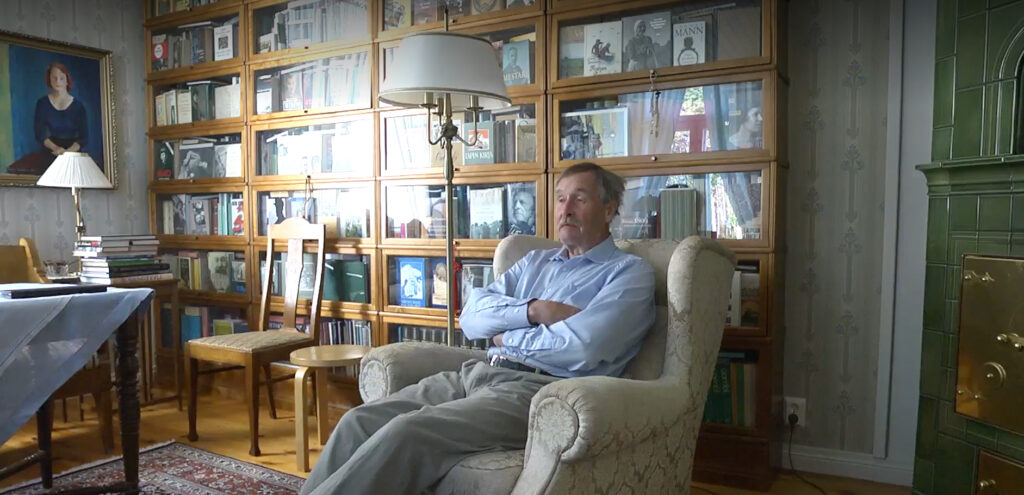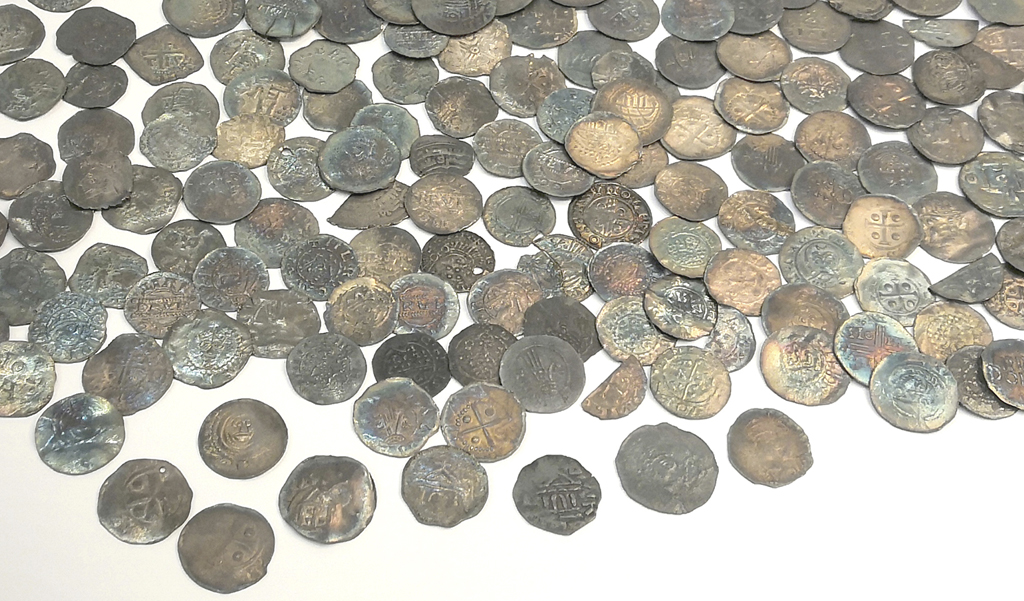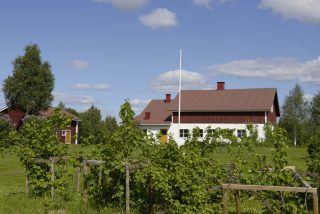The Finnish settlement of Kantoniemi, located on the northern shore of Lake Kuusamojärvi, dates back to the 17th century.
Kantokylä was the locale’s administrational centre. The houses in Kantoniemi became official houses of the lansmann from 1691. A border customs station operated in Kantoniemi from 1767, which increased the concentration of population in the area.
The village has several residential and commercial buildings in a farming landscape on the shore of Lake Kuusamojärvi.
Pyhälahti’s money treasure
Pyhälahti’s money treasure was found in 1896, when Herman Nikka was smoothing a mossy tussock during hay making. Thin silver coins and their pieces were revealed from the tussock.
Around the Pyhälahti money treasure are clear traces of a prehistoric settlement, possibly dating back to the late Iron Age.
At the end of the announcement of the discovery of the money treasure, Kuusamo’s lansmann had added the sentence: “At the same time, I may humbly inform you that about 50 m from the place where the money was found, there is a place for the wall of a room, which the people here call the dwelling of the Lapps”. More than a hundred years later, in connection with the inventory of ancient remains in 1999, earth pits and dwellings were mapped from the area.
The hoard consists of German, Arabic, English and Danish coins, and dates back to the end of the 11th century. It has been speculated that the Pyhälahti treasure cache ended up in the tussock as a sacrifice or that it was forgotten in its hiding place.

Kuusamo’s history expert Licentiate of Philosophy Jouni Alavuotunki, whose home village is Kantokylä.

